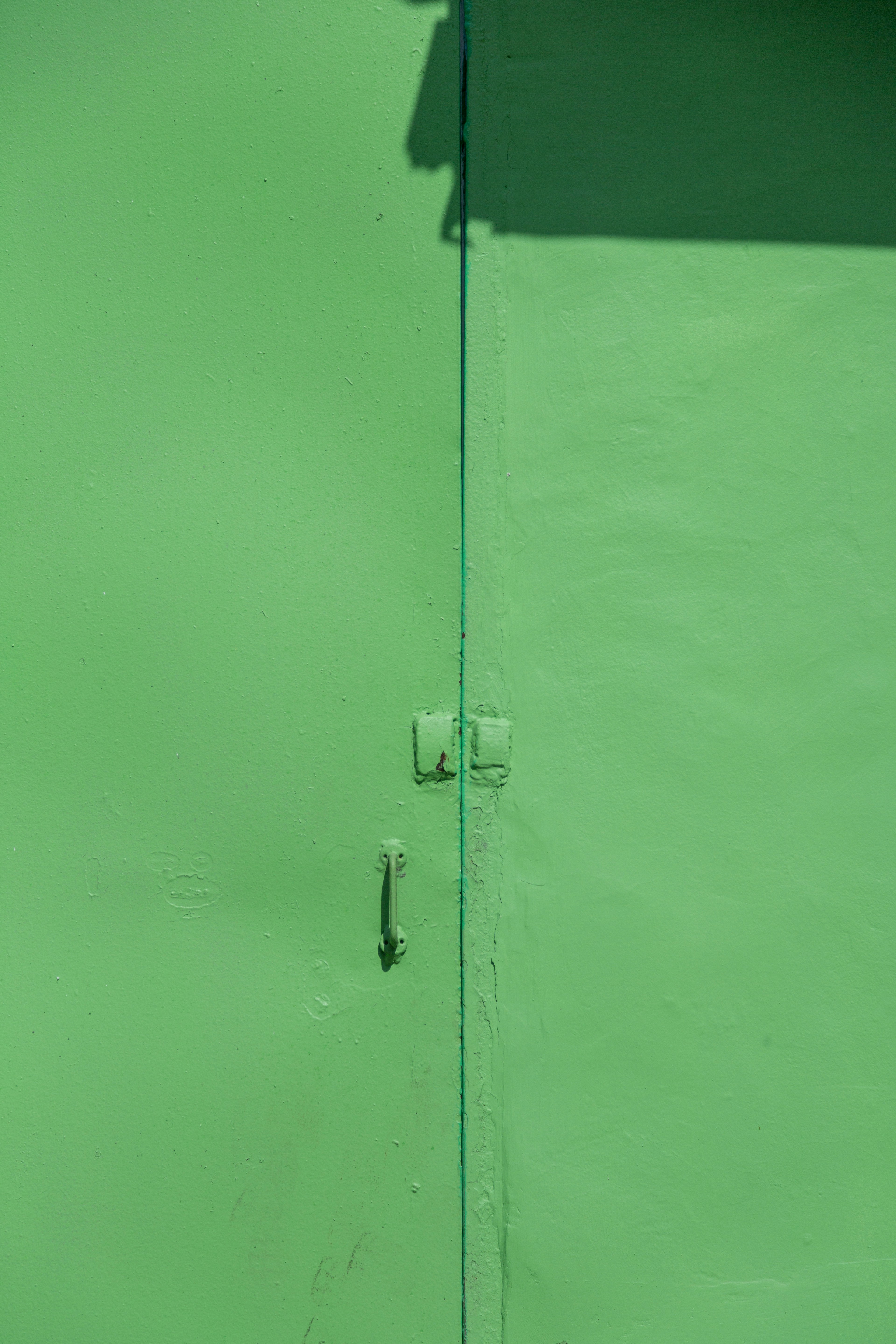8 recommended features to look for in an automated revenue management system

8 Features Every Automated Hotel Revenue Management System Should Have
In 2019, only 7% of hotels used revenue management software (RMS). That’s a huge opportunity for you to gain a competitive edge. While many hoteliers still spend hours manually adjusting rates room by room, you could use that time to improve the guest experience—and let automation handle pricing for you.
With more RMS solutions entering the market, affordability and accessibility for independent hotels are better than ever. This guide explains why every hotel should consider an automated RMS and the 8 essential features to look for when choosing one.
What Is Revenue Management?
Revenue management is the practice of selling the right room to the right guest at the right time and the right price.
It’s not a new concept—it dates back to the 1980s when airlines pioneered dynamic pricing strategies to maximize profitability. Hotels soon followed, and today, even small properties recognize that revenue management is crucial to maximizing profits year-round, not just in high season.
Done right, revenue management helps hoteliers avoid price wars, stimulate demand in low seasons, and protect margins even in times of crisis—like COVID-19.
What Is an Automated Revenue Management System?
An automated RMS is software that analyzes hotel performance, market trends, booking data, and competitor behavior 24/7. It then recommends or directly updates optimized prices across your sales channels.
With systems like Pricepoint, hoteliers enjoy automation but still retain full control. You can adjust prices manually if needed, but the software removes the burden of constant monitoring and calculation.
Why Every Hotel Needs an Automated RMS
Revenue management is no longer just for large hotel chains with big budgets. Today, even small and independent properties can afford RMS tools designed for ease of use.
Key benefits include:
- Maximizing profits per room
- Eliminating guesswork from pricing
- Running 24/7 without staff intervention
- Suggesting optimal rates in real time
- Delivering ROI far beyond its cost (Pricepoint clients see up to 20x return)
- Saving hours of manual work
- Helping you become a market price leader, not a follower
8 Features to Look For in an Automated RMS
Not all systems are created equal. When choosing an RMS, make sure it includes these critical features:
- Integration with PMS, booking engine, and channel manager
- Smooth connections ensure data accuracy and eliminate manual updates.
- Channel-specific pricing
- The ability to set tailored strategies for OTAs, direct bookings, and niche platforms.
- Manual + autopilot options
- Full flexibility to override or let the system run automatically.
- Competitor monitoring (rate shopping)
- A good RMS tracks competitors but doesn’t blindly follow them. Pricepoint, for example, positions you based on demand and supply, not just competitor pricing.
- Data visualization
- Easy-to-read charts and reports—even if you’re not a data specialist.
- Alerts and updates
- Stay in control with real-time notifications.
- Forecasting and profit estimates
- Know how your hotel is performing and if your strategies are working.
- Mobile access
- Manage your strategy anywhere, anytime—perfect for independent hoteliers without a dedicated revenue manager.
Final Thoughts
Manual pricing is slow, stressful, and often inaccurate. An automated RMS frees up your time, removes the guesswork, and maximizes profits—while your competitors are still stuck with spreadsheets.
If you’re ready to stop guessing and start optimizing, try Pricepoint for free and see how automation can transform your revenue strategy.
Written by Ewa Gabara, Marketing Coordinator





